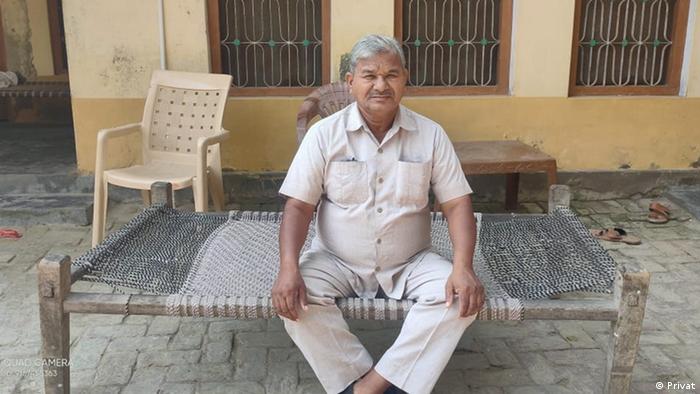Khecarī Mudrā is an obscure and somewhat controversial yoga practice that involves gradually severing parts of the tongue and then curling it back until it enters the nasal cavity.
Can you even imagine pulling your tongue back enough for the tip to slide into the nose through the mouth? It sounds impossible, and even if you could do it, wouldn’t that pose a risk of choking? Well, diehard hatha yoga practitioners must not worry about that too much, because that’s exactly what the advanced stages of a practice called “khecarī mudrā” require. Well, that, and gradually cutting the frenulum, the small piece of skin connecting the tongue to the floor of the mouth…





















